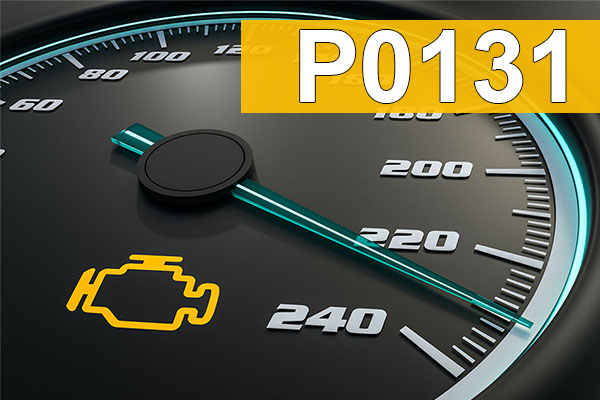You probably know by now that an illuminated Check Engine Light (CEL) means that a sensor that monitors a system in your drivetrain has noted a reading outside of normal parameters. That reading is then stored in your powertrain control module (PCM) as a trouble code, lighting up the CEL. You probably also know that from there, it's a matter of hooking up a code reader to the car's diagnostic connector (usually under the dash on the drivers' side), and then it's a pretty easy matter to access the codes.
Note: Trouble code scanning is one of several free services available at your local Advance Auto Parts store.
The OBD-II system of trouble code protocols was adopted industry-wide in the mid '90s, across all makes and models. OBD-II codes make troubleshooting a lot easier, taking much of the guesswork out of diagnosis, but it's important to know what the codes mean and to be able to interpret them correctly, especially if there's a cluster of trouble codes that all relate to the same problem.
What It Means
The crankshaft position sensor (CKP) is what monitors the rotational speed of the crankshaft in real time. This information is then used by the PCM to make adjustments in ignition timing and fuel delivery. The sensor is usually mounted on the main front engine pulley, the flywheel or the crankshaft itself and can be an inductive, Hall-effect, optical or magnetic design. Given its constant exposure to heat and vibration, the CKP can fail over time.
The information from the CKP is also used to control variable valve timing, in engines that are so equipped. It also goes hand-in-hand with information from the camshaft position sensor.
Symptoms
- No-start condition when hot, but starts when engine cools
- Rough idle
- Misfires
- Backfires
- Vibration
- Lack of power, poor fuel economy
- Stalling
What Happens If I Ignore It?
Well, a P0315 code is a pretty serious problem and it's not going to get any better on its own. On some vehicles, the car might go into limp-in mode. Regardless, you're going to have a vehicle that runs poorly and is hard to start so you'll want to address it sooner rather than later.
Possible Fixes
In many cases, a problem with the CKP is related to an electrical fault: burnt, corroded or damaged wiring or connectors. Other causes can be excessive wear and slop in the timing chain, on a high-mileage engine, or a problem with the flywheel flex plate (which is where the starter motor engages). And, as we mentioned, the sensor itself may have failed.
First, note any other trouble codes that are stored along with P0315; often, a camshaft position sensor code might be registered. Clear all the codes and then test drive the vehicle to see if the P0315 code returns. On some vehicles, it may take three or four failure cycles for the code to return.
Figure out where the CKP is located on your vehicle and inspect the wiring and connector carefully for corrosion, chafing, burning or other damage. Disconnect the pigtail, spray the contacts with contact cleaner and clean them with a toothbrush (just remember which toothbrush!). Allow to dry, apply a little dielectric grease and hook everything back up again. Clear the diagnostic codes again and see if they return; if not, chances are the problem was with the wiring and/or connector. If the code does return, remove the sensor and inspect it for damage. If you do note damage, go ahead and replace the sensor.
While you have the CKP removed, turn the engine over by hand and look for any problems that could point to slop in the timing chain. Turn the engine over with a large socket and breaker bar on the crankshaft pulley or harmonic balancer, and you'll be able to feel if there's a degree or two of slack that needs to be taken up as the engine turns over. If your vehicle is equipped with a timing belt and there's that much slop in it, you will undoubtedly need to replace the belt soon. You may want to also replace the cam position sensor (CPS) with an OEM-quality part, and there's likely to be a CPS-related code as well. After replacement of the CPS, clear the codes and test drive to see if the code returns.
Finally, if everything else has been eliminated but the code still returns, clear all the codes again and find out if your code reader has a Crankshaft Position Sensor Relearn function. With the codes cleared, perform this procedure. The specifics of Crankshaft Position Sensor Relearn can vary a lot from one year/make/model to the next, so you'll want to do a little research on this. If you do end up replacing the CKP or CPS by itself, you'll need to recalibrate and do the relearn procedure anyway.
In most cases, this process will pin down the problem. If not...it's probably time to take it to a professional. What you do not want to do is misdiagnose a P0315 code and do major mechanical repairs like replacing the flywheel, flex plate or timing chain unnecessarily. Make sure your diagnosis and troubleshooting are right before going ahead with repairs.
Have you fixed this issue before? Let us know in the comments.








